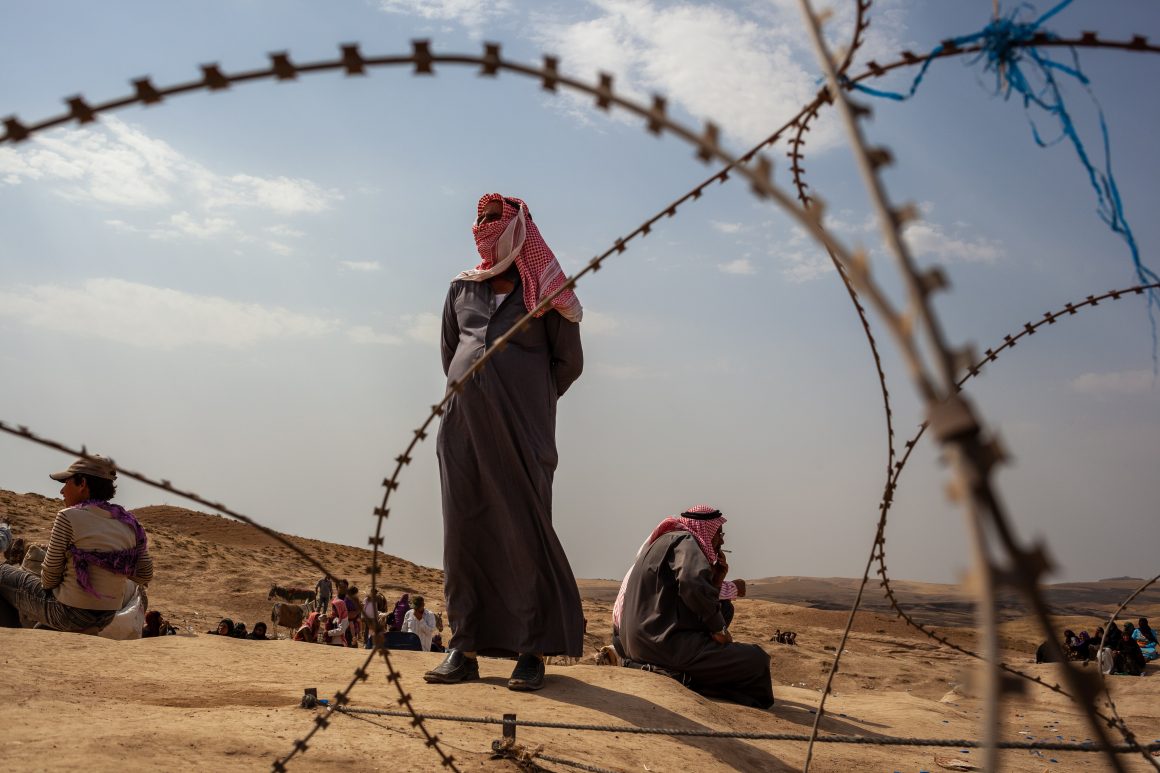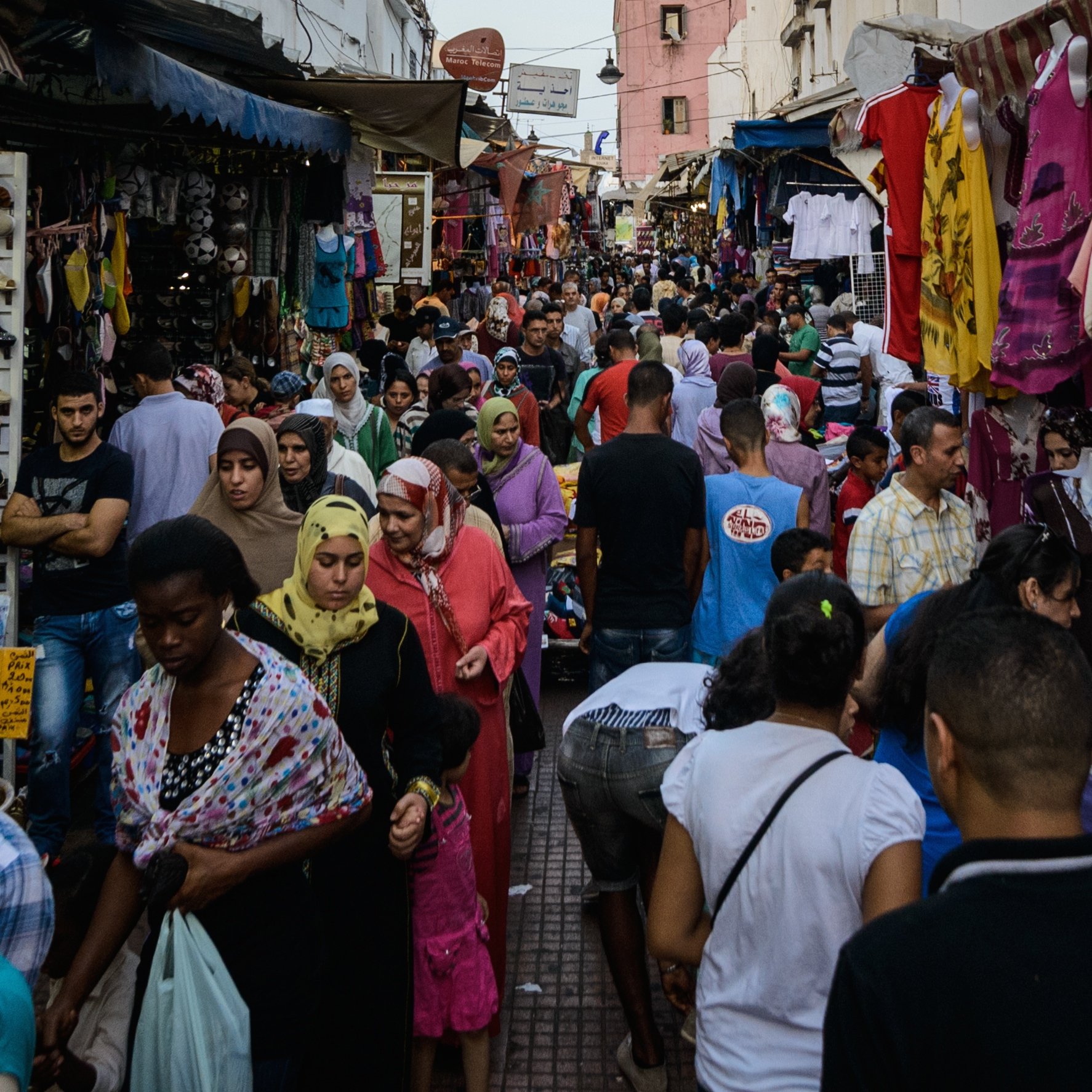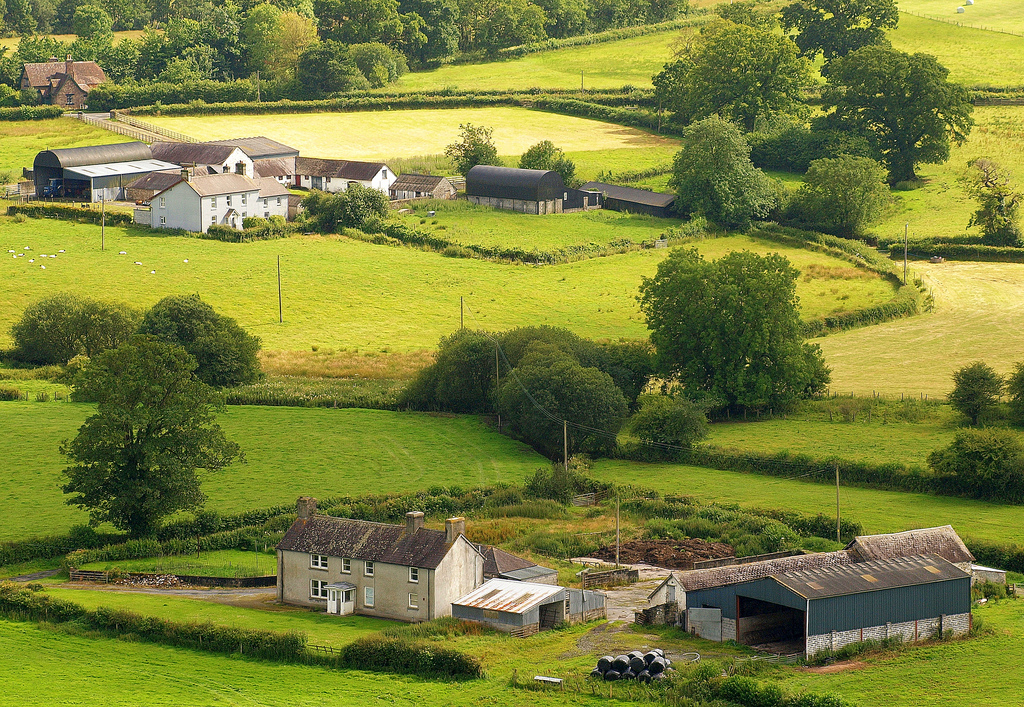
For this reason, elites and experts have stressed the need to curb rural migration through economic diversification in sectors like tourism and technology. One such study on Iran, albeit with outdated data from 1956-1996, found that to reduce rural migration by 1%, agricultural production had to increase by almost 23%. While this argument may seem logical on the surface, the relationship between rural migration and agricultural production in developing countries is not straightforward or unidirectional and has been the subject of multiple studies. These lower living standards and higher poverty rates have accelerated rural migration and depopulation.Ĭonservative officials and commentators have argued that prioritizing rural deprivation and reviving Construction Jihad are necessary because rural migration and depopulation undermine Iran’s agricultural production, animal husbandry, and food security. Between 20, the rural poverty rate rose from 22% to 25% and was significantly higher than the urban rate of under 10%. According to economist Djavad Salehi-Isfahani, living standards based on real per capita expenditures between 20 declined 39% in rural areas compared with 26% in urban areas and 11% in Tehran. In Iran, rural deprivation has remained serious and steadily worsened. His statements and actions surrounding this issue have sparked a spirited debate among elites and experts that are as much related to alleviating rural deprivation as they are to improving national governance. Raisi’s prioritization of rural deprivation does not just have socioeconomic and political implications, but also security-related ones involving the regime’s durability and survival. Since losing control of the government in 2013, they have sought to differentiate themselves from the reformists by criticizing them for overfocusing on sociocultural freedoms, catering to wealthy Iranians, and neglecting the economic grievances of the oppressed and dispossessed - popular buzzwords in the Islamic Republic’s revolutionary and religious rhetoric. Third, Raisi’s focus on rural deprivation is consistent with the campaign and communication strategy of the conservatives.

Second, Raisi is using this issue to secure a second term and maintain popular support after winning an election with a historically low voter turnout and receiving high public approval for his government’s response to the COVID-19 pandemic. In 2019, Khamenei reportedly requested the previous government to prioritize rural deprivation and revive Construction Jihad. First, he has done so to appease his primary patron, Supreme Leader Ayatollah Ali Khamenei. Politically, Raisi has prioritized the issue of rural deprivation for three reasons. In 1983, Construction Jihad became a government ministry before merging with the Ministry of Agriculture and ceasing to exist independently in 2001. During the Iran-Iraq War, it provided logistical support to Iranian forces on the front. In 1979, Construction Jihad was established as a revolutionary organization and began delivering projects and services to the provinces and villages in the areas of infrastructure, education, health care, agriculture, and industry. Coinciding with his visit and speech in Kohgiluyeh and Boyer-Ahmad, Raisi ordered his first vice president, Mohammad Mokhber Dezfuli, to form a working group of political officials and development experts to comprehensively study the issue and possibly revive the defunct rural development organization and ministry, Construction Jihad, within 20 days. While official visits and speeches in the provinces and villages on that day are a customary practice, the issue of rural deprivation has become central to Raisi’s domestic agenda.


17, but also because it was where he had won the presidential election by the slimmest margin. Raisi likely chose Kohgiluyeh and Boyer-Ahmad not only because it suffered from pronounced urban-rural disparities and had been hit by a 5.6-magnitude earthquake on Feb.

That day, his minister of agriculture, Seyed Javad Sadati-Nejad, did the same in a rural and nomadic region of Markazi Province that has been plagued by drought. 6, President Ebrahim Raisi visited Kohgiluyeh and Boyer-Ahmad Province and spoke about combatting rural deprivation. During the National Day of Villages and Nomads in Iran on Oct.


 0 kommentar(er)
0 kommentar(er)
